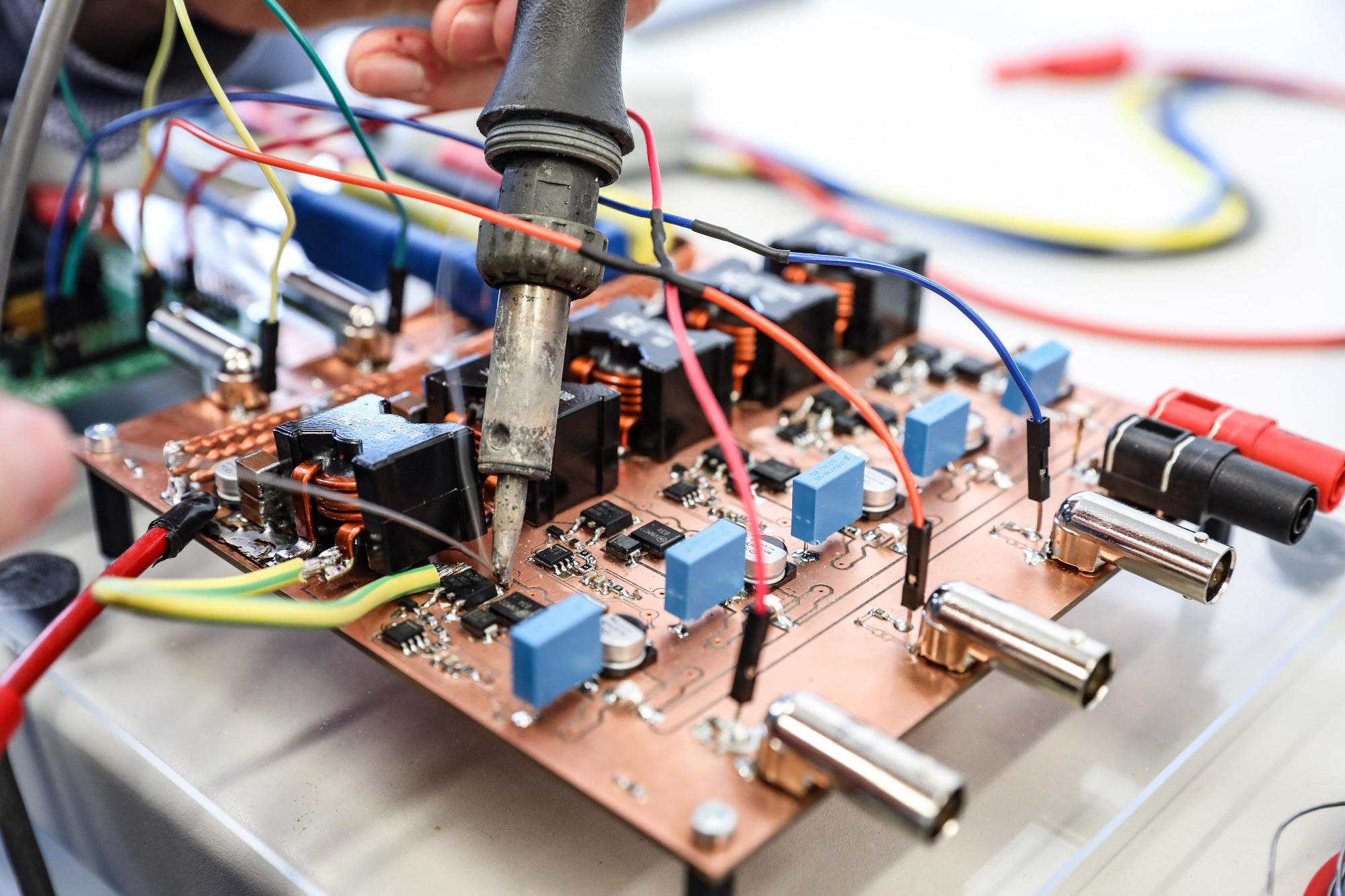Mar 22 2021
INERGIO, a startup company of EPFL, has recently revealed a prototype for a high performance, eco-friendly, lightweight fuel cell that is capable of supplying energy in scenarios where a power grid is absent.
 Inergio’s battery can fly a delivery drone for several hours. Image Credit: © 2021 Alain Herzog.
Inergio’s battery can fly a delivery drone for several hours. Image Credit: © 2021 Alain Herzog.
The fuel cell can be used to operate weather stations, delivery drones, telecommunication antennae, environmental sensors, and even campsites.
A compact, durable, and eco-friendly power supply can benefit an array of applications, spanning from mountaintop environmental sensors and weather stations to drones, remote pipeline surveillance systems and campsites.
Keeping this aspect in mind, INERGIO has designed a compact fuel cell that is 80% lighter when compared to other analogous systems available on the market.
INERGIO is a spin-off company situated at EPFL’s Innovation Park and is the outcome of 15 years of collaborative study between HEIG-VD and EPFL
INERGIO received support from many startup funds and has recently concluded a prototype fuel cell that can produce a continuous power of 25 W. The fuel cell measures 14 cm in height and width and 25 cm in length. The following step for INERGIO will be to validate its system with numerous companies located in the Lake Geneva region and design a pilot production line.
Seven to Eight Hours of Flight Time for Delivery Drones
Fuel cells, such as hydrogen fuel cells, which will probably power futuristic cars, provide a potential option on the way to carbon neutrality. Fuel cells produce power by using chemical reactions between an oxidizing agent and a fuel—this reaction discharges heat, water and electricity.
The prototype designed by INERGIO uses a solid oxide fuel cell (SOFC), which does not release pollutants and provides excellent fuel-to-electricity conversion yields; however, it works at very high temperatures (650°C).
Besides this, the heat generated by these SOFCs generally needs huge amounts of insulation, which tends to limit their application in stationary applications.
After 15 years of laboratory research. Our major achievement is that we have confined the high-temperature zone to a small area in the battery’s core.
Mahmoud Hadad, CEO, INERGIO
This advancement keeps insulation to a minimum and results in a system that is three times lighter and, at the same time, delivers the same yields.
The system developed by INERGIO utilizes fuels, like natural gas and butane, to feed the anode with oxygen in the atmosphere. This atmospheric oxygen acts as the oxidizing agent. Apart from electrons, this reaction creates water vapor and a slight quantity of carbon dioxide.
The big advantage of our system is that butane and propane is available commercially at a low price. In liquid form, it is much lighter and easier to transport than hydrogen.
Mahmoud Hadad, CEO, INERGIO
In the days to come, hydrogen—which is still difficult to generate—could also be utilized as a fuel, rendering the cell much more efficient and environmentally friendly.
When the mini-fuel cell is connected to a propane or butane cartridge, its autonomy becomes up to 20 times higher when compared to lithium-ion batteries of similar sizes.
For example, we can generate 500 W of power with a 4 kg cell, which would give a delivery drone 7–8 hours of flight time, compared with current flight times of around 60 minutes.
Mahmoud Hadad, CEO, INERGIO
Based on the intended application, INERGIO’s scalable system can deliver between 25 W and 500 W. In remote places, like mountainous areas, the system delivers a safe and quiet power source that does not rely on weather conditions and can work on its own for long periods.
Thanks to an Enable grant from EPFL’s Vice Presidency for Innovation and also various awards and startup funding, INERGIO has planned to design an all-in-one system in 2021 that could be accommodated within a shoebox. This implies that the system can be easily transported or linked to distant monitoring units, potentially offering thousands of hours of constant operation.